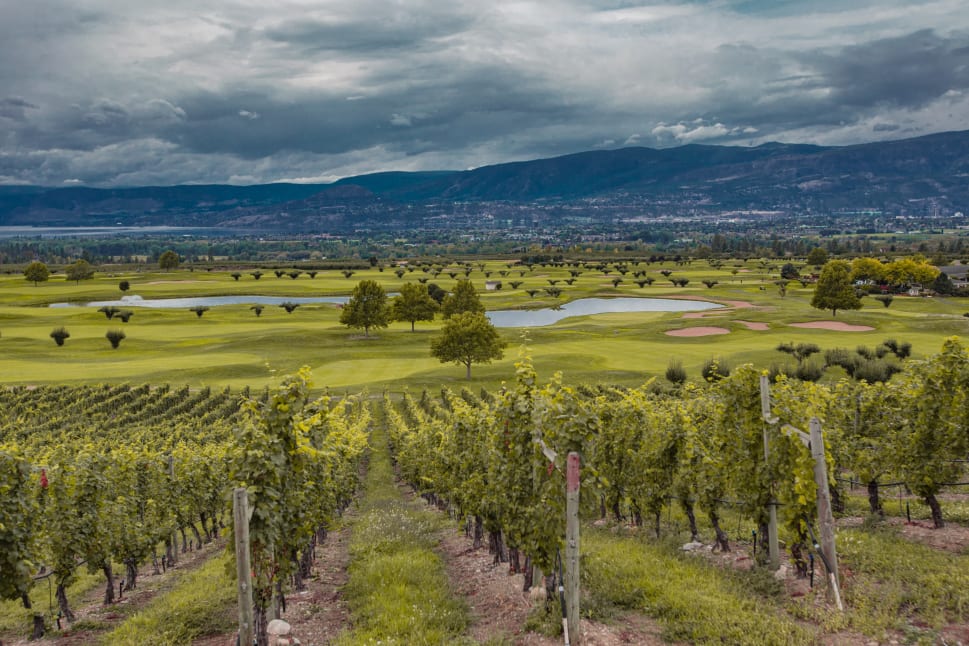Introduction
Within the dynamic landscapes of British Columbia, Kelowna emerges as a shining example of viticultural excellence. This piece investigates Kelowna's winemaking heritage, exploring its early struggles, pioneering spirits, and eventual blossoming into a world-renowned wine destination.
The Origins of Winemaking in Kelowna
In the late 1850s, Father Charles Pandosy, an Oblate priest, ventured into what is now Kelowna. His establishment of a mission near Mission Creek in 1859 marked not only the first non-native settlement in the BC Interior but also the planting of the region's inaugural grapevines. This act laid the foundational stone of Kelowna's winemaking journey. Over the years, the Mission de L’Immaculée Conception flourished into a significant agricultural hub, featuring orchards, a vineyard, and a thriving community that included the Syilx First Nations people.
The Pioneering Wineries and Their Founders
The 1920s and 30s saw the birth of what would become the cornerstone of Kelowna's wine industry. In 1932, the city witnessed the establishment of Calona Vineyards, its first commercial winery, by local entrepreneur Cap Capozzi and, hardware store owner W.A.C. Bennett (who later became B.C.'s longest serving Premier). This period also saw the contributions of the Casorso family, who were instrumental in the vineyard's inception. The Rittich brothers, around the same time, began experimenting with vinifera vines, underscoring the region's potential for quality winemaking.
Challenges and Early Successes
Calona Vineyards faced initial setbacks with their early products and struggled to establish a market presence. However, the winery's fortunes began to shift during World War II, as increased cash flow and demand in the region spurred growth. By the 1950s, Calona Vineyards had moved to a new, purpose-built facility, marking a significant milestone in its history. The subsequent decades saw the winery evolve through innovative marketing strategies and product diversification, eventually becoming a leader in the British Columbia wine industry.
The Evolution of Wine Quality and Variety
The wine industry in Kelowna and British Columbia underwent significant changes from the 1970s onwards. The local palate shifted from a preference for white wines to reds, and the overall quality of wines improved notably. This evolution was partly due to the North American Free Trade Agreement (NAFTA), which raised the bar for wine standards in the region. In the 1990s, Calona Vineyards further diversified its offerings, introducing barrel-fermented wines and expanding its varietal range, reflecting the maturing tastes and techniques of Kelowna's winemakers.
Calona Vineyards: An Example of Growth
Throughout its history, Calona Vineyards has seen various ownership changes and innovations. By embracing new winemaking techniques and responding to evolving consumer preferences, Calona played a pivotal role in shaping Kelowna's wine landscape. The winery's emphasis on quality and variety helped cement its status as a key player in the region.
Conclusion
Kelowna's journey from humble beginnings to a celebrated wine-producing region is a story of resilience, innovation, and passion. The city's contribution to the thriving Okanagan wine industry is not just economic but also cultural, as it continues to support a bright community of wine enthusiasts and artisans. Kelowna stands today as a demonstration of the enduring spirit of its early winemakers, whose legacy continues to flourish in every bottle produced in this exquisite part of Canada.





